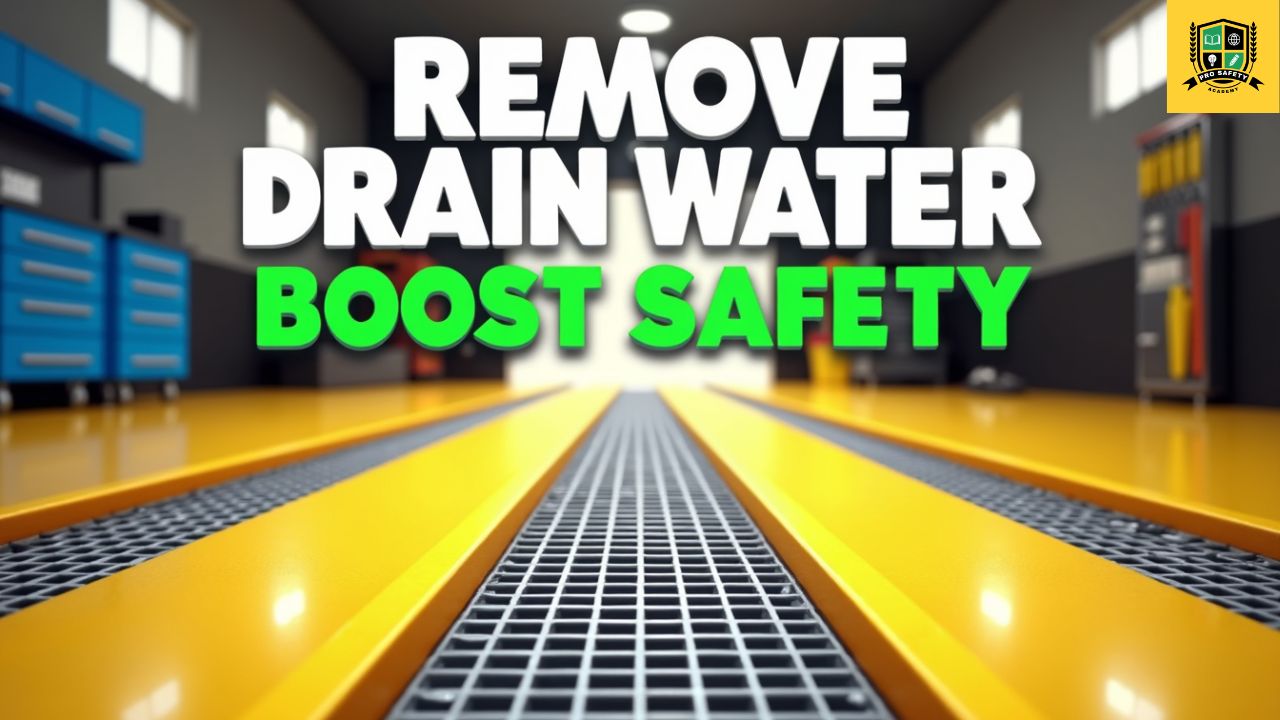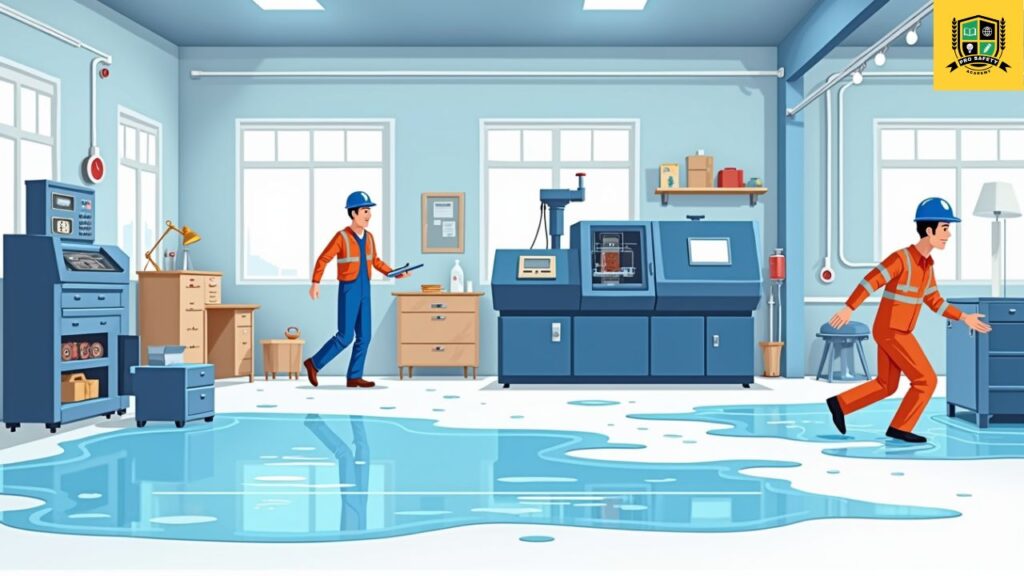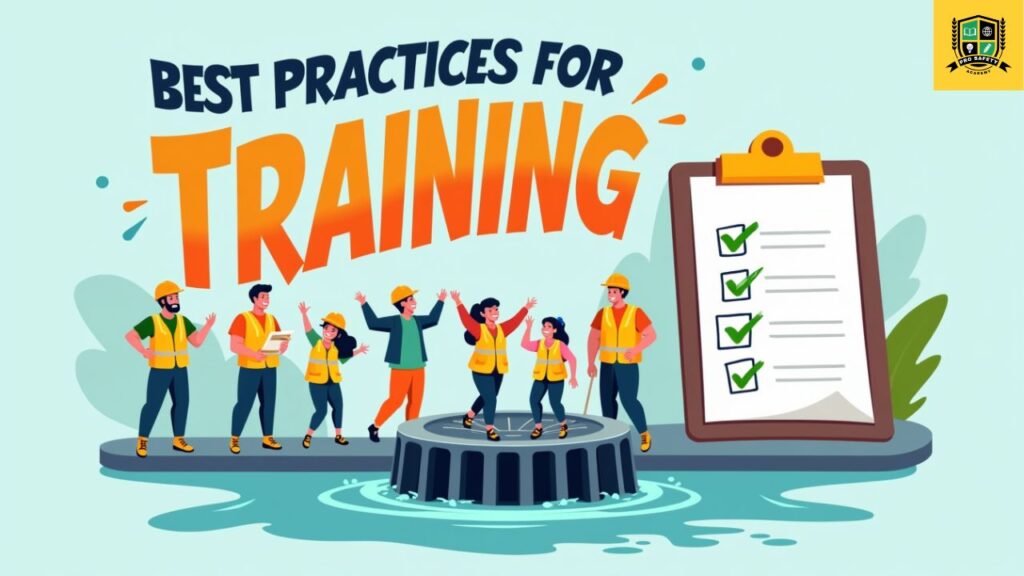Remove Drain Water and Boost Safety in Your Workshop

Remove Drain Water: If you’ve ever worked in a busy workshop, you know how quickly things can get messy—especially when water starts to build up around the drains. That little puddle in the corner might seem harmless at first, but it’s actually the start of a much bigger problem if left unchecked!
Whether it’s from cleaning, rain sneaking in, or a leaky machine, standing water is more than just an eyesore. It can turn your workspace into a slippery obstacle course and quietly cause damage to both your equipment and the building itself.
The good news? With a few proactive steps, you can remove drain water quickly and keep your workshop running smoothly. In this post, we’ll dive into the biggest hazards of ignoring water buildup, how to choose the best non-slip drain covers, ways to train your team for safety, and what to do when water emergencies strike.
Let’s make sure your workshop stays dry, safe, and productive—so you can focus on the work that really matters!
Hazards of Ignoring Water Buildup

Let’s be honest—no one likes stepping into a puddle at work, especially not in the middle of a busy die-casting area! When you ignore water pooling around your workshop, you’re setting yourself up for more than just soggy shoes.
Water buildup can quickly become a silent saboteur, causing slippery surfaces that dramatically increase the risk of slips, trips, and falls. Imagine someone hurrying to check a machine and, whoosh—down they go!
It doesn’t stop at safety hazards, though. Persistent moisture can sneak its way into expensive equipment, leading to rust, electrical shorts, or even full-blown machinery breakdowns.
Just a little water left to sit can slowly eat away at your tools and put the brakes on productivity. Over time, water can also seep into the foundation of the workshop, causing cracks or even structural issues. So, when you see water collecting, don’t shrug it off—take action to remove drain water before it snowballs into a bigger problem.
Ignoring water also allows harmful bacteria, mold, and mildew to thrive, which can make your workspace smell musty and even affect your team’s health. No one wants to work in a damp, unhealthy environment. That’s why tackling water buildup as soon as you spot it is not just about avoiding wet feet—it’s about keeping your workshop safe, your equipment in top shape, and your team happy.
Choosing Non-Slip Drain Covers
Now, let’s talk about an unsung hero in any workshop: the drain cover! While it might seem like a tiny detail, the right drain cover can make a world of difference in your quest to remove drain water efficiently and safely.
Standard grates might let water through, but they can get slick or even wobbly if not designed for workshop use. That’s where non-slip drain covers step in to save the day.
When you’re picking out a drain cover, look for materials with a textured surface, like rubberized coatings or patterned steel, that provide extra grip even when wet. Some covers are designed with raised bumps or grooves, giving your crew the traction they need to walk confidently—even if there’s water underneath. Plus, a removable drain cover makes it much easier to clean out any gunk that could block water from draining away.
You might be surprised at how many styles and shapes there are to choose from, so don’t settle for the first cover you see. Think about the amount of foot traffic in your workshop and the size of your drains before making your decision.
Remember, a good non-slip cover helps you remove drain water effectively and protects everyone from accidental tumbles. Sometimes, it’s the smallest changes that make the biggest difference!
Best Practices for Employee Training

Even if you’ve got the world’s best drains, nothing beats a well-trained team when it comes to keeping your workspace dry and safe. Employee training is your secret weapon for smooth operations, so make it fun and interactive!
You can start by walking your crew through the basics of spotting water buildup and understanding why it’s so important to remove drain water quickly.
Give everyone a quick rundown of the drainage system in your workshop, so they know where the drains are and how to check if they’re working properly.
Make sure to include tips on how to safely mop up spills, use wet vacuums, and report any persistent puddles. Role-play scenarios can help your team practice responding to water emergencies without the real-life stress.
Don’t forget to update your training materials regularly—especially if you install new drainage solutions or change your emergency procedures. Encourage your team to ask questions and share their own ideas for keeping the area dry. When everyone’s on the same page, you’ll have a workshop where safety is second nature, and drain water never stands a chance!
Emergency Water Removal Protocols
Sometimes, despite your best efforts, water finds a way in—maybe there’s a sudden spill, a leaky pipe, or an unexpected downpour. That’s when having clear, easy-to-follow emergency water removal protocols truly pays off. You don’t want to be scrambling for mops or arguing about whose turn it is to handle the cleanup!
Start by creating a step-by-step plan that everyone can follow. Assign responsibilities ahead of time so you know exactly who grabs the wet vacuum, who checks the drains, and who sets up warning signs to alert others to the slippery area. Make sure emergency supplies are stored in an easy-to-reach spot, and keep everything organized so your response is as quick and efficient as possible.
It’s also smart to run regular drills, just like you would for a fire or other emergency. These practice runs help your team get comfortable with the process and let you iron out any kinks before a real incident happens. By treating water emergencies with the same level of preparedness as anything else, you’ll minimize downtime and protect both people and equipment.
Remember, the goal isn’t just to remove drain water—it’s to do it safely, swiftly, and with confidence. With the right protocols in place, you’ll handle any water woes like a pro.

